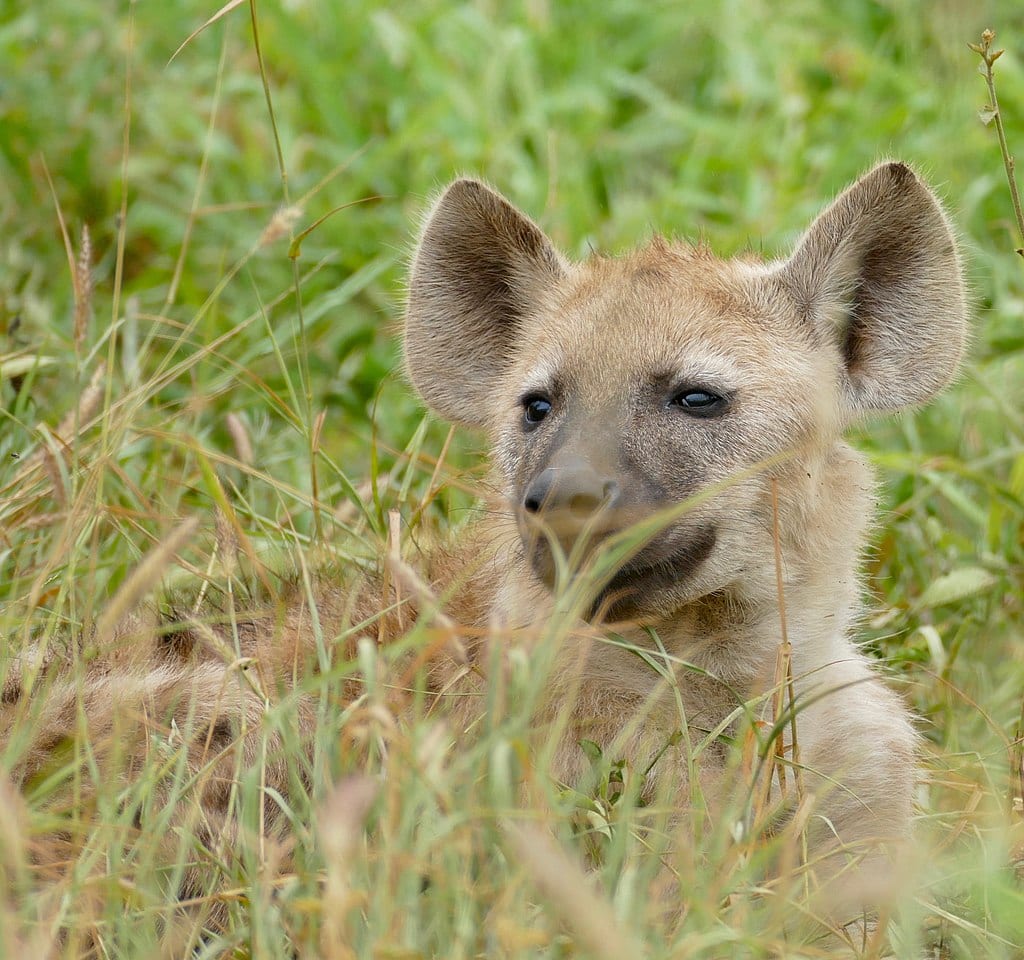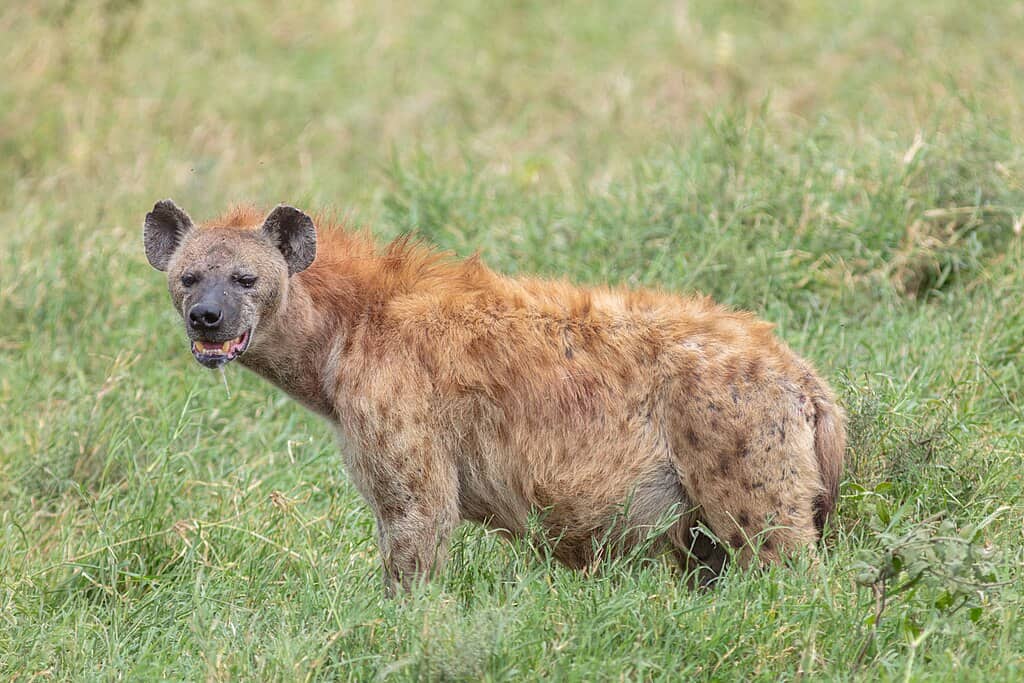The spotted hyena is a fascinating creature that has long been misunderstood by popular culture. With their reputation for scavenging and cackling laughter, these animals are often seen as nature’s comedians or even villains. However, beyond their complex social behaviors and formidable hunting prowess, spotted hyenas are also known for an intriguing method of communication: scent marking. This behavior plays a crucial role in establishing and maintaining their territories.
The Anatomy of Scent: Hyena Edition

Scent marking is a practice used by many animals to convey information, and the spotted hyena is no exception. The primary tool for this behavior in hyenas is their unique anal gland. This specialized gland secretes a sticky substance composed of complex volatile compounds. When a hyena wishes to mark its territory, it uses its anal gland to deposit this paste onto objects in the environment, such as grass, twigs, or rocks.
Decoding the Scent

Each hyena’s scent mark contains a wealth of information. Researchers have found that these chemical signals can convey critical data about the individual’s identity, gender, and reproductive status. The distinctive scent patterns help hyenas recognize family members or individuals from rival clans, assisting them in avoiding unnecessary confrontations or fostering alliances.
The Role of Scent Marks in Territory Defense

Scent marking is integral to a hyena clan’s strategy for defending its territory. By marking the boundaries with their specialized scent, hyenas can deter other clans from infringing on their domain. This olfactory barrier is especially important, given that hyenas often inhabit regions with limited resources, where territory size can directly impact the survival and success of the clan.
Teamwork and Strategy

Spotted hyenas work together to maintain their scent-marked borders. Members of the clan will repeatedly mark strategic points along their territory boundary, effectively creating a network of ‘communication hubs.’ This teamwork ensures that the scent remains fresh and prominent enough to serve as a reliable signal to outsiders. Additionally, during patrols, hyenas might also cover scent marks left by rival clans to assert dominance over contested areas.
Rituals and Behaviors

The act of scent marking among hyenas is often accompanied by specific behavioral rituals. Hyenas might choose particular areas for marking, such as crossing points or the edge of a boundary. By repeatedly focusing on these spots, they create a more concentrated scent zone that is harder for potential intruders to ignore. This behavior is commonly observed during boundary patrols, emphasizing the importance of cooperation within the clan.
Research and Insights

Scientific research into hyena scent marking provides intriguing insights into the complexities of mammalian communication. Advanced analytical techniques allow researchers to identify the individual components of the secretion, offering clues about its chemical makeup and the ecological factors that influence its composition. This knowledge not only enriches our understanding of hyenas but also opens the door to broader studies on chemical communication in the animal kingdom.
Conclusion

The spotted hyena’s method of marking its territory is an outstanding example of evolved communication strategies in the wild. Through the use of their specialized anal glands, these animals can effectively manage territory boundaries, coordinate clan activities, and maintain social structures, all while minimizing direct confrontations. As we continue to study these remarkable animals, we not only uncover their secrets but also gain a deeper appreciation for the complexity of nature’s communication systems.
- The Wild Mustangs of Nevada Are a Living Piece of American History - August 17, 2025
- The Most Unusual Places in America That Have Seen Snowfall - August 16, 2025
- The Most Devastating Tsunami to Ever Strike the US West Coast - August 16, 2025

